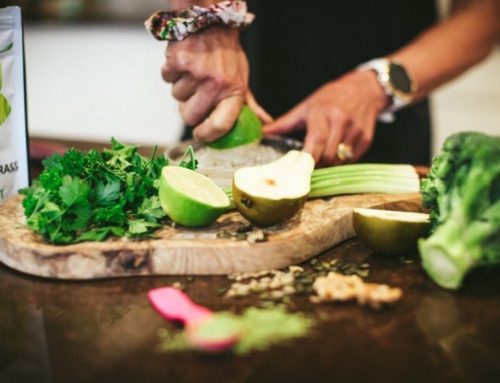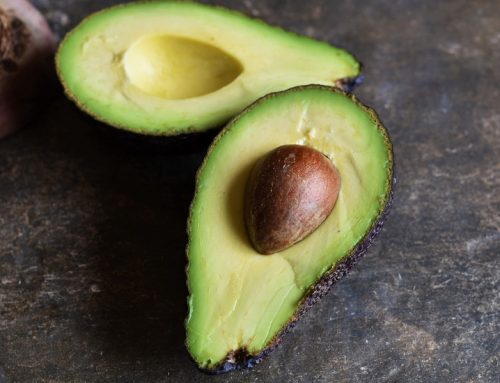Hailed as the ultimate diet for 2016, the Sirt food diet is grabbing headlines – possible because it encourages consumption of red wine and chocolate! Last week my Mum (who is in no need of a diet) called me to tell me she’d bought the book; she was nearly breathless with excitement as she explained how the diet can help you acquire skinny genes (I had to supress the urge to tell her that boyfriend jeans are much more flattering). However, before rushing out to stock up on Malbec and Pacari 100% bars, I decided I’d buy a copy of the book and see what it’s all about for myself.
As, my ethos is quite simply about eating for optimum health, I can’t help getting irritated when the focus is just weight loss. Furthermore, I become immediately suspicious of anything that sounds “too good to be true”. But determined to avoid getting distracted by gushing testimonials from models, heavyweight boxers and vogue beauty columnists, I quickly got “stuck in” with reading the science.
So first off, what are SIRTs?
Sirtuins are a class of proteins that research has shown are involved in the regulation of fat and glucose metabolism. Research also suggests that sirtuins play a role in ageing, cell death and inflammation. And, according to Aidan Goggins and Glen Matten, the authors of The Sirtfood Diet book, stocking up on sirtuin-rich foods such as kale, cocoa and parsley, can “stimulate the ‘skinny’ gene pathways and help you lose fat quickly”.
SIRT Science
Laboratory research has found that mice with higher level of the SIRT6 live longer and in-vitro experiments have shown that SIRT6 may slow the ageing of human skins cells. Other experiments have shown that SIRT2 slows the ageing of yeast.
What are Sirt foods?
The authors highlight the benefits of plants rich in polyphenols. In addition to red wine and dark chocolate, other “sirtfoods” include: chilli, capers, celery, parsley, coffee, green tea, rocket, kale, strawberries, turmeric, olive oil, red onion and walnuts.
Diet Details
The diet promises you’ll lose 7lbs in seven days and that weight loss will be fat not muscle. During the first 3 days calorie intake is restricted to 1000Kcal per day consisting of 1 main meal and 3 green juices (containing kale, parsley, lovage, celery, matcha and rocket). For the remainder of the week you can have 2 meals and 2 green juices per day.
Revolutionary or Fad?
The average woman leading a fairly sedentary lifestyle needs around 2000Kcals; the Sirt diet limits calorie intake per day to half this amount whilst also advocating daily exercise, creating even more severe calorie restriction. The foods on the plan are essentially healthy, clean choices but eating only one-meal per day and surviving on green juice made from parsley and kale for the rest of the day is essentially “crash” dieting, carrying the risk of de-stabilising blood sugar and slowing metabolism. An additional danger of this diet is that it advocates drinking large quantities of raw kale juice – kale is a member of a group of vegetables known as brassicas; when eaten raw these vegetables can supress thyroid function.
The low down on weight loss.
Weight loss of seven pounds in one week is very unlikely to reflect long-term changes to body fat. For the first three days, dieters consume around 1000 kcal per day – around 40–50% of what most people require. Any period of acute calorie restriction will cause the body to first of all deplete its glycogen stores (glycogen is a stored form of carbohydrate found in muscle tissues and the liver).
There is a direct relationship between glycogen storage and water – however much glycogen we have stored we’ll be storing approximately 2 ½ times that glycogen weight in water! So when our glycogen stores become depleted we lose all that stored water as well – hence the rapid weight loss. Also, any inflammation in the body can also lead to fluid retention. Many people don’t even realise that their diet may be contributing to low-grade, but chronic inflammation. Gluten, alcohol, sugar and even dairy products can cause inflammation to sensitive individuals. However, a diet that eliminates these foods will quickly reduce inflammation, leading to a further reduction in “on-board” water levels!
Diet Success
The diet was trialled on a small number of motivated gym going dieters – not necessarily representative of the average population of those seeking to lose weight. It is not clear how participants were selected or how behavioural and lifestyle variables were controlled.
Therefore, it is not possible to meaningfully evaluate the success of a diet by studying a small population group. Furthermore, it is virtually impossible to control the myriad of variables that can affect results; data collection that relies on diet recall and self-reporting introduces high levels of subjectivity and almost guarantees that results will be inaccurate and the data unreliable. However, what does seem clear is that calorie restriction is a major part of this diet. Sadly, restrictive diets often cause an increases in levels of appetite-stimulating hormones, such as ghrelin. This means that after a period of dieting, individuals are left more vulnerable to over-eating and weight gain.
Compelling Evidence
Despite re-reading the chapter entitled “The Science of Sirtuins”, I am struggling to see how laboratory experiments on yeast, mice and human stem cells provide conclusive evidence that eating sirtuin-rich foods will make you thin. While not wanting to put a damper on the exciting and interesting research into sirtuins to date, it seems clear that a lot more research is needed to fully support the authors’ theories.
My Verdict
Sadly, this book seems to dangle just another tantalising carrot (or should I say frond of kale) to those so desperate to lose weight they will literally try anything. A proliferation of quick fix diets leads us further away from approaches that work on longer-term dietary and lifestyle changes that support our health and reduce the serious risks of obesity.







